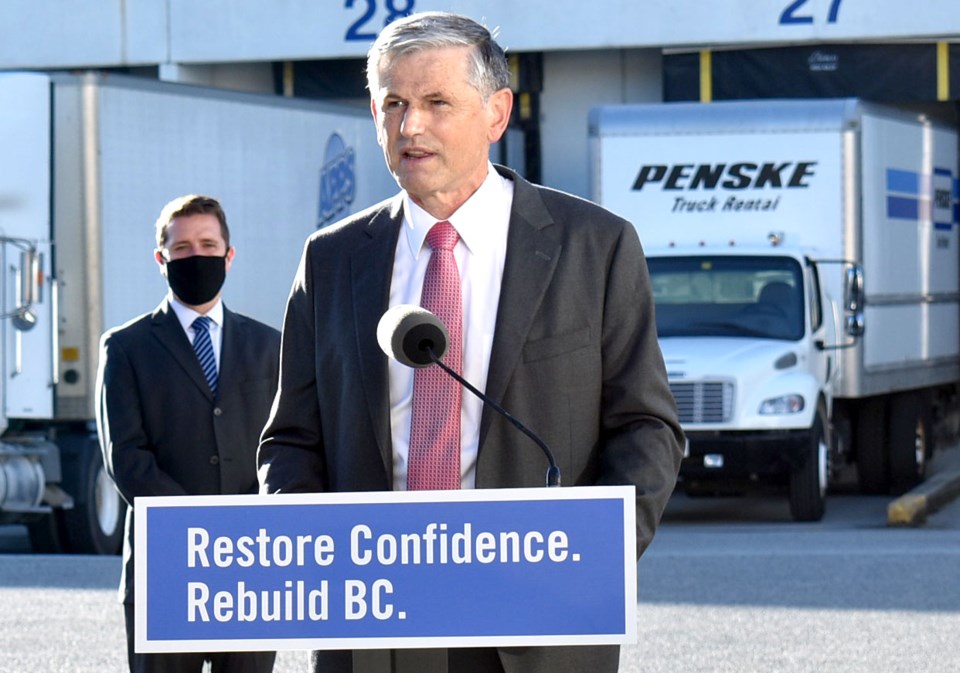While the BC NDP waits patiently to return to full-government mode, the BC Liberals are beginning a long stay in the political wilderness.
And there is no guarantee the party can survive intact as it goes through what will undoubtedly be a bruising rebuilding process.
The BC Liberal Party, after all, is a coalition party made up of people who consider themselves liberals or conservatives. In the past, they parked their ideological differences at the door in the interest of coming together to wield political power.
Being out of power exposes the fault lines of that coalition. They started to become visible after the 2017 election, when the social conservatives within the party started to publicly push certain hot button issues – such as abortion and sexuality – long considered no-go zones.
They were even more visible during the recent election campaign. For example, the Conservative Party of B.C. fielded only 19 candidates, but their voter support may have allowed the NDP to take as many as six seats normally considered safe BC Liberal ridings.
The crushing election loss will likely rekindle the debate on whether to change the party name. Can conservatives be counted on to stick with a party whose name runs opposite of their philosophical beliefs?
A name change discussion may take on a new urgency now, as the election loss was a reminder of what can happen at the local riding level if enough conservatives part ways with the party.
However, a name change will likely not solve a more pressing problem for the BC Liberal Party: its lack of diversity on a number of levels.
The magnitude of the election loss exacerbated this problem. The party has been going backwards on this file and it showed.
The party elected five new faces and only two are woman. All are white.
The NDP, on the other hand, will likely have about 20 new faces in its caucus and half of them are women. Its caucus will be younger and much more diverse in terms of gender and race.
As I noted here last week, the election resulted in a political realignment that greatly shifts political power to urban and suburban areas, where voters are more diverse themselves and who will tend to vote for a party that better reflects that diversity.
This is why the rebuilding challenge will be so enormous for the BC Liberals. As the party tries to appease conservative supporters, it will no doubt alienate its liberal wing.
In this pandemic, the NDP government (like the federal Trudeau government) has become an amorphous sponge that absorbs voters not normally supportive of the party but who support it now because they fear change.
I suspect a fair number of liberal BC Liberal supporters from the past are now part of the NDP’s universe of potential voters and that number will grow, as a rural, older, less diverse group of people will now dominate their former party.
As such, it will be difficult for the BC Liberals to gain traction where future elections will be won or lost. Changing their name may help but if deeper problems are not addressed their stay from political power will be a long one.
Keith Baldrey is chief political reporter for Global BC.



